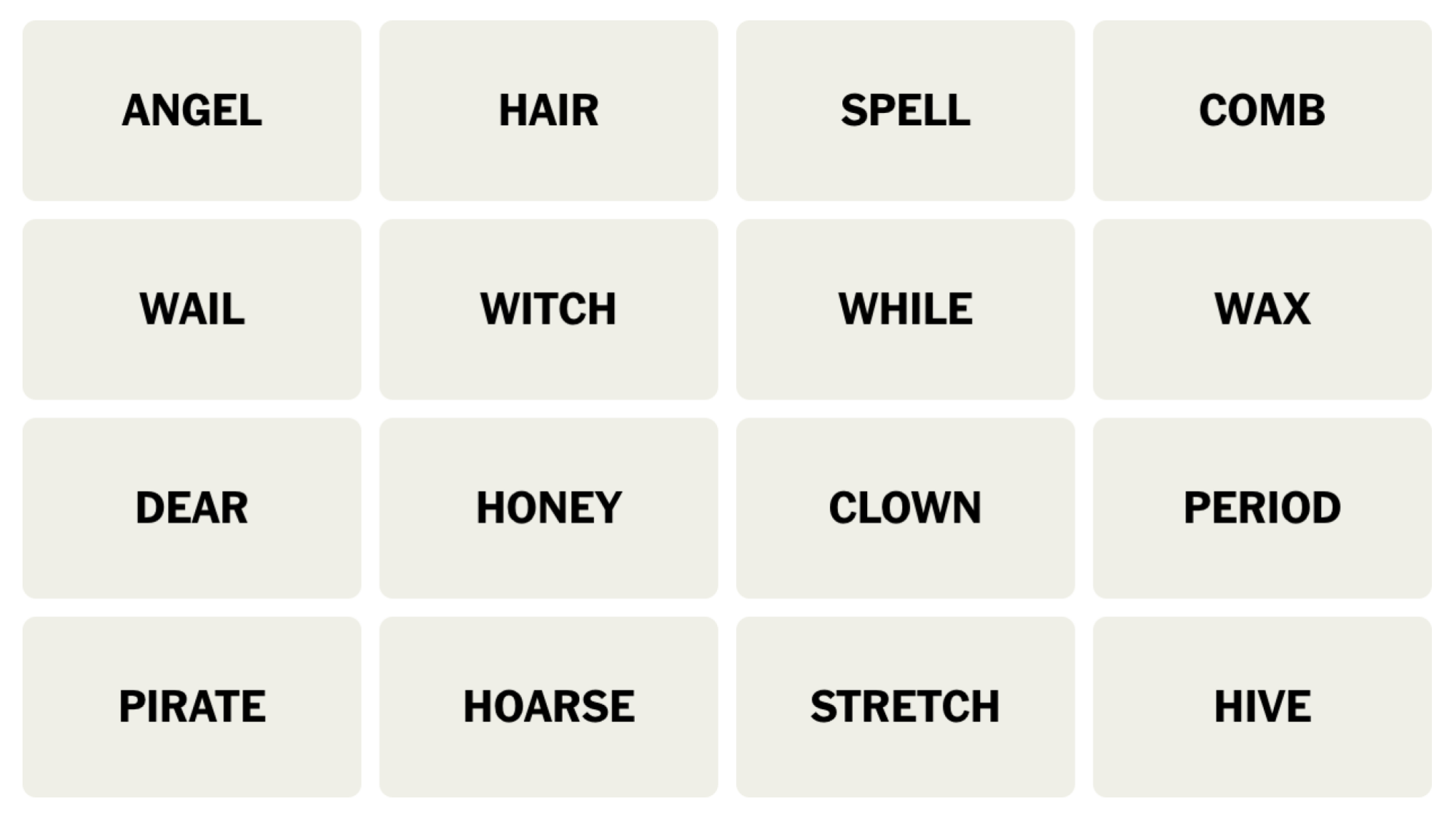When you hear someone described as a “serial dater,” you might assume they’re constantly in long-term relationships, never leaving themselves time in-between a breakup and the start of a new relationship to be single and enjoy their own company. As it turns out, the opposite is true: A serial dater is someone who loves the thrill of dating, but isn’t into commitment. At all.
Depending on what you want out of your relationships, you’re probably interested in finding out if the person you’re seeing is a serial dater—or maybe even if you’re one yourself. Here are the signs to watch for.
What is a serial dater?
First, let’s nail down this definition. I spoke to Matt Lachman, a certified sex therapist and owner of Cleveland Sex Therapy, to find out what exactly makes someone a “serial dater.” As he describes it, a serial dater is, “someone whose main goal of dating is to not enter a serious relationship,” but instead, “focus on the enjoyment and thrill that comes with dating.” The opposite of this would be a “serial monogamist,” or a person “who jumps from one serious, committed relationship to another with no real casual dating in between.”
Basically, serial daters are all about the experience of dating. They like the fun parts, the “honeymoon phase” stuff. They like getting to know people, going out on novel dates, the rush of all that newness—but not necessarily what comes afterward: the harder work of building a longer-term relationship. Pointedly, committing and settling into a routine aren’t their goals.
Recognize the signs of serial dating
If your goals are to date long-term, you might want to avoid serial daters, or at least know what you’re getting into with one, so you don’t get attached to the dream of a future they may not want to chase with you.
According to Lachman, signs that someone is a serial dater include a history of short relationships, a demonstrated fear of commitment, inauthentic communication, overpromising and underdelivering, speaking in a “toxic” way about past partners, and an overabundance of big gestures early on in the relationship. They may also show signs of getting bored or attention-seeking after a few months.
He adds that in heterosexual relationships especially, “potentially trying to sleep together too quickly” can also be a sign you’re dealing with a serial dater, but it’s not an iron clad one, and that can also a good way to determine your sexual compatibility. He recommends gauging your own comfort level, and considering the implications if you feel too pressured to do it. If you’re both feeling the sexual energy early on, go for it. If it feels like one of you wants to rush into physicality just to hurry up and get there, pause and consider whether that’s a sign of serial dating behavior.
Is there anything wrong with being a serial dater?
After reading through all these signs, you might worry the person you’re dating is a serial dater who may not want to commit. Or maybe you recognize these signs within yourself. That can be scary, since so much of the published content on the topic paints serial daters as nasty, unserious people. But the reality much more nuanced than that. Serial dating isn’t inherently bad.
“Most articles you read will talk about how to avoid this kind of person and that they are toxic,” says Lachman. “In reality, one of the main points of dating is to find a connection with someone, either for one date, a lifetime, or somewhere in between.”
Serial dating is problematic when one person is promising another a reality or future that they can’t really envision for themselves—in essence, leading them on. It can also be an issue for the serial dater themselves; Lachman cautions that serial dating “limits them from engaging in vulnerability, which is crucial for success in any relationship.” But that said, if you both go into the relationship knowing it’s a short-term fling (and feeling good about that fact), that can be perfectly OK.
What can you do if you’re dating a serial dater (or are one)?
It’s fine to casually date, if that’s what both parties want. In fact, it’s fun! But if one person wants a long-term commitment and the other is focused on a serial dating lifestyle, there will be friction. Lachman advocates for using an individualistic perspective to analyze your relationship goals. Why do you want to be in one? What are you getting out of it? How is the other person adding to your life?
Ask yourself those questions before you make any decisions about your relationship. If you are getting what you want from the relationship, there’s no need to toss it away just because the other person may not want to commit, but if that’s what you need, communicate clearly and honestly—and accept it if they’re not down. And if you feel like you’ve inadvertently wound up with a serial dater, realize it’s not personal; they’re just ahead of you in pursuing that individualistic approach, but “unfortunately, they tend to do this in an inauthentic, secretive way that isn’t open or honest,” Lachman says.
ANd if it’s you who is exhibiting serial dating behavior, consider what you value about relationships and why (and whether) you want to change. Lachman notes that sometimes, a fear of being vulnerable prevents people from changing, so consider where you learned this behavior, and what you’re getting out of practicing it. Embrace vulnerability by being open to experiencing it, reading books or listening to podcasts focused on being emotionally open in your relationships, or just talk to others about how you feel. And, of course, you can always seek help from a therapist if you feel the need to. Maybe you’re totally OK with being a serial dater—if so, great. Just make sure your partners know that, and feel the same way.
Source: LifeHacker – How to Spot a Serial Dater (and What to Do If It’s You)

